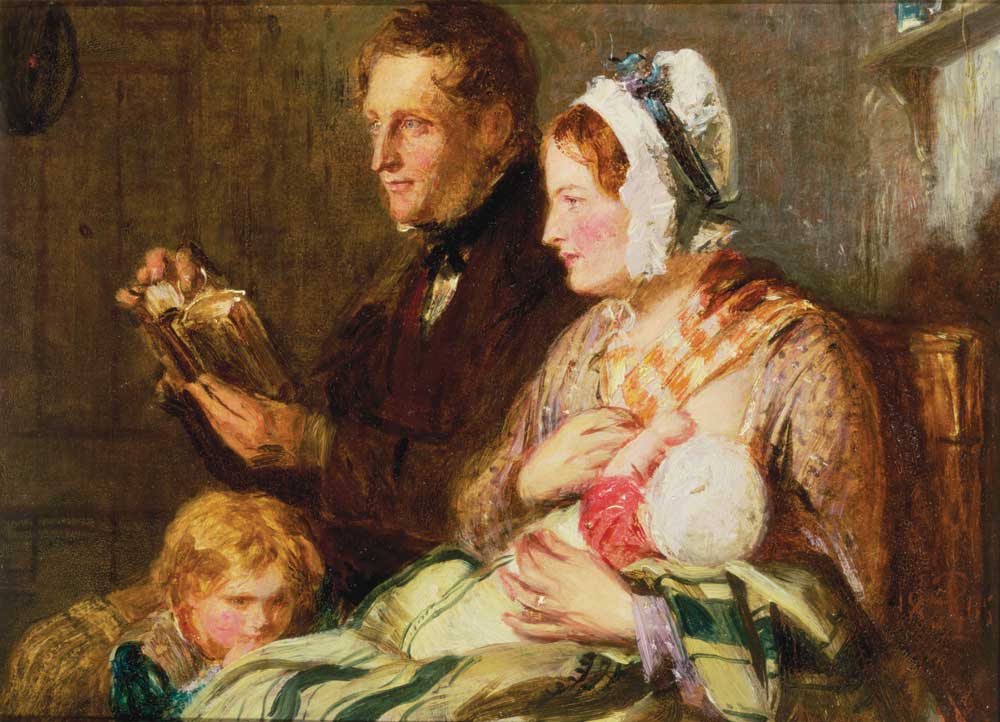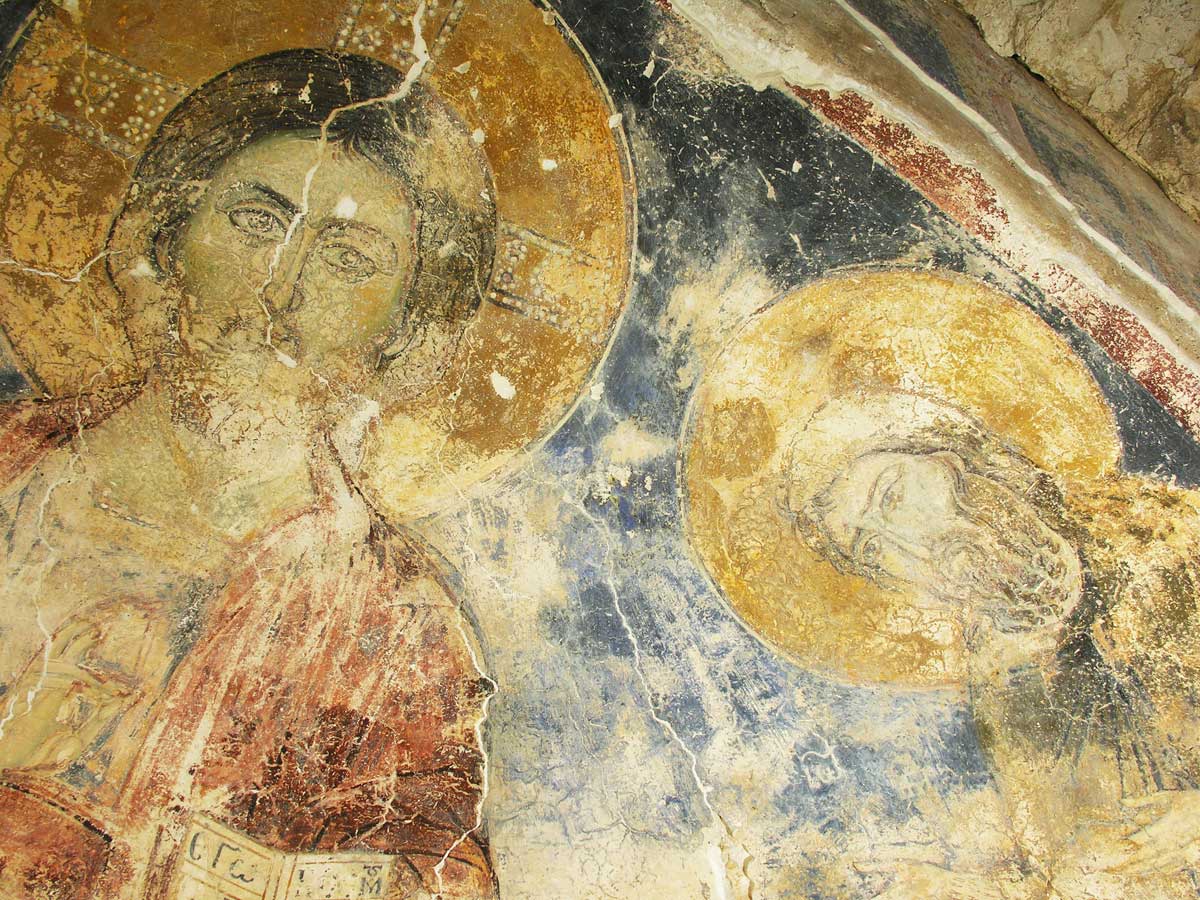Mainstream Gothic
Nightmare on Main Street: Angels, Sadomasochism and the Culture of Gothic
by Mark Edmundson
Cambridge, Massachusetts: Harvard University Press, 1997
(190 pages; $22.95, cloth)
reviewed by Robert W. Grano
For those of us who are aficionados of the supernatural in fiction, one of the questions that constantly arises is, “Why do you read that stuff?” But a more pertinent and pressing question might be, “Why does our culture seem obsessed with that stuff?” No one who pays any attention to such things can have missed the obvious increase in interest in all things supernatural. Stephen King and Anne Rice are among our best-selling novelists; horror movies still make a mint at the box office; and there are more TV shows that deal with the uncanny than ever before. It is this cultural trend that Mark Edmundson attempts to analyze, and to offer alternatives to, in Nightmare on Main Street.
A professor of English at the University of Virginia, Edmundson describes in largely literary terms what he calls the “culture of Gothic,” a culture that is pervaded with a sense of the haunted. Noting the importance of the fact that at the end of our century, “fear constitutes one of our most common forms of entertainment,” he goes on to lament the fact that Gothic conventions are finding their way into and influencing many areas that would be considered non-fictional. Print journalism, television news, talk shows, and even modes of therapy have all been influenced by the rise of the Gothic.
What exactly does Edmundson mean by “Gothic”? He describes it as showing “the dark side, the world of cruelty, lust, perversion, and crime that, many of us at least half-believe, is hidden beneath established conventions. Gothic tears through censorship, explodes hypocrisies, to expose the world as the corrupted, reeking place it is—or so its proponents maintain.” In the realms of fiction, this is nothing particularly new. Gothic literature arose in late nineteenth-century England, partly as a reaction to the uncertainties caused by the French Revolution. It has been with us ever since in one form or another, in Poe and in Hawthorne, and in writers like Wilkie Collins and M. R. James, right up through Faulkner and Flannery O’Connor to Stephen King and Anne Rice. The problem with it today, according to Edmundson, has to do not only with its pervasiveness, but also with its extension beyond the literary into the non-fictive. He also argues that the various alternatives that have arisen to counter the rise of the Gothic, while showing at least a will to resist the trend, have been largely ineffective.
As an example of the Gothic mode seeping into everyday life, he cites the media’s handling of the O. J. Simpson case. This was a full-blown Gothic melodrama spun out by the press for all it was worth, and it included two of the common features of the literary Gothic, the hero/villain and the maiden in distress. Edmundson argues that the media unwittingly played up the Gothic angle by emphasizing the dual nature of O. J. (black/white, good/evil) and the fact that Nicole was a poor helpless woman set upon by a beast, albeit a beast who didn’t appear to be one. As other examples, he puts forth the endless parade of strangeness that shows up on the TV talk shows, and the whole “recovered memory” movement, in which people are led to uncover long-suppressed memories of abuses suffered as children, in which loved and trusted adults, often fathers, are revealed as the perpetrators. These things and others, according to Edmundson, show the extent to which the Gothic spirit has intruded into real life.
And what has our culture come up with to combat this insidious invasion? Such things as pop angelology, Forrest Gump, and the “inner child” movement. Edmundson calls these well-meaning but ineffectual counters “facile transcendence.” They offer an easy, but ultimately unsuccessful, antidote for pressing Gothic fears. According to Edmundson’s understanding, the rise of such things in our culture doesn’t constitute so much a swing away from the Gothic back towards the center, as a fulfilling of the need for an occasional “vacation” from the overarching sense of unrest and hopelessness that the Gothic produces.
Edmundson goes on to argue that an unopposed Gothic trend in culture will result in sadomasochistic human relations coming to the fore, in which all human relationships will be defined in terms of power rather than love. Cynicism, another result of the presence of the Gothic, would render love untenable, because pleasure would be inconceivable outside the cycle of domination and surrender. A scary thought indeed, and Edmundson makes his point well.
Edmundson’s diagnosis seems to be fairly accurate, although the thoughtful Christian will undoubtedly have somewhat more to say on why there is an ascendancy of the Gothic. The simple and most obvious answer, but perhaps not the most helpful one, is that when God is marginalized in a culture, all sorts of weirdness will move into the center to fill the vacuum. Humans have an innate desire for something bigger and higher than themselves, and when the true object of this desire is “unavailable,” they will fill it with whatever is at hand. This argument is correct but probably doesn’t go far enough, and Edmundson’s diagnosis indirectly provides us with a more perceptive explanation of the Gothic trend. Over one hundred years ago, Dostoyevsky showed that without God, there can be no hope. It seems to me that the godlessness of our society is bearing the fruit of hopelessness to the extent that even the pop culture, especially that of the younger generation, is beginning to understand the sheer banality and absurdity of a life where there are no absolutes, even if it doesn’t understand why.
One area where this despondency is prominent is in the field of supernatural fiction. Contemporary horror writer Thomas Ligotti is adept at capturing the essence of this despair. Many of his stories communicate the feeling of absurdity and hopelessness that is a necessary outcome of a life without absolutes. Indeed, his story “Mad Night of Atonement” is one of the most powerful statements of existential nihilism I’ve ever read, and approaches Dostoyevsky’s “Grand Inquisitor” for sheer philosophical horror. The critics, too, have taken notice of this trend. In a dual review in Necrofile of Edmundson’s book and a collection of new stories called Gothic Ghosts, the reviewer, having agreed for the most part with Edmundson’s thesis, goes on to bewail some of the stories in the collection for their “thematically unwarranted negativity.” In his book, Edmundson calls this “dead-end Gothic,” a form of the Gothic in which darkness ultimately triumphs and there is no hope. “Thematically unwarranted negativity” has become commonplace in fiction and is beginning to show up on TV and in the movies as well. If you want an example, rent the movie Seven, a well-made, well-acted film with one of the darkest, most disturbing endings in mainstream cinematic history.
The dwindling influence of Christianity, in its healthier forms, on our culture is both a cause and a result of the rise of the Gothic. As the faith becomes less influential, it becomes more and more marginalized. Consider the small but telling point that in the vast majority of new vampire fiction (and there is a lot of it, most of it rubbish), the cross no longer works as a defense against the vampire. Formerly considered an anti-Christ figure, the vampire is seldom, if ever, portrayed that way nowadays. This is because, in today’s culture, to be “anti-Christ” does not necessarily signify anything inherently horrific or repellent, as it did in former times. In a certain sense, culturally speaking, there is no longer a Christ to be against.
Robert W. Grano is a freelance writer from Pittsburgh, Pennsylvania. He is a regular book reviewer for All Hallows: The Journal of the Ghost Story Society. He is a convert to Eastern Orthodoxy via the Assemblies of God and the Episcopal Church.
subscription options
Order
Print/Online Subscription

Get six issues (one year) of Touchstone PLUS full online access including pdf downloads for only $39.95. That's only $3.34 per month!
Order
Online Only
Subscription

Get a one-year full-access subscription to the Touchstone online archives for only $19.95. That's only $1.66 per month!
bulk subscriptions
Order Touchstone subscriptions in bulk and save $10 per sub! Each subscription includes 6 issues of Touchstone plus full online access to touchstonemag.com—including archives, videos, and pdf downloads of recent issues for only $29.95 each! Great for churches or study groups.
Transactions will be processed on a secure server.
more from the online archives
calling all readers
Please Donate
"There are magazines worth reading but few worth saving . . . Touchstone is just such a magazine."
—Alice von Hildebrand
"Here we do not concede one square millimeter of territory to falsehood, folly, contemporary sentimentality, or fashion. We speak the truth, and let God be our judge. . . . Touchstone is the one committedly Christian conservative journal."
—Anthony Esolen, Touchstone senior editor










